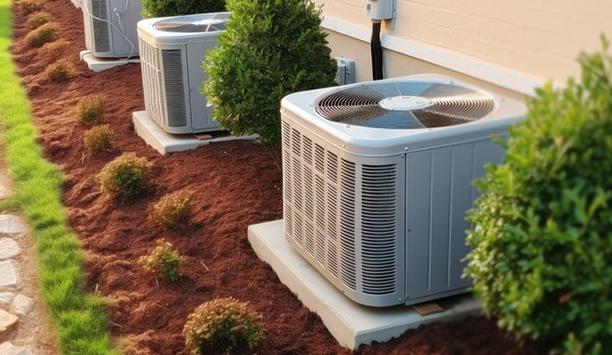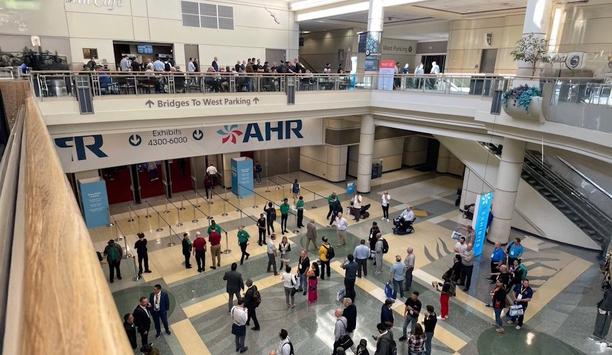The primary goal of HVAC systems is to ensure the comfort of people in a building, but often “comfort” isn’t at the center of conversations with customers. HVAC solutions provider Emerson advocates more emphasis on comfort in the HVAC marketplace.
Discomfort due to access heating or cooling
70% survey respondents say their performance at school or work has been affected by heating or cooling discomfort
A consumer survey by Emerson shows that issues such as humidity, zoning, and indoor air quality cause 76% of respondents to say they are not comfortable in their homes. At work, the same issues apply. Seventy percent of survey respondents say their performance at school or work has been affected by discomfort due to heating or cooling.
Many consumers – 57% according to the Emerson survey – have left a retailer or other business because of heating or cooling discomfort. More than 80% have felt too hot or cold, and 54% say their allergies have been triggered by a business.
Energy efficiency
In economic terms, Emerson sees comfort as a great selling point. The effectiveness of energy efficiency as a selling point is beginning to wane: Most customers have a limit to how much they are willing to pay or sacrifice for energy efficiency. However, discussions of comfort open new opportunities for savvy HVAC businesses.
Environmental factors that impact comfort include air temperature, circulation, humidity levels and radiant effects. Humidity can cause condensation and mold growth that can trigger allergies and breathing issues. Indoor pollutants can compromise air quality.
Two-stage compressors and VRF systems
Lighting can cause eye strain or generate excess heat. Sound can also impact comfort, negatively in the case of loud HVAC equipment.
Current technologies that can contribute to better indoor comfort include two-stage compressors, variable speed systems, and variable refrigerant flow (VRF) systems. Emerging technologies can also provide new levels of comfort (and control). The Internet of things (IoT) increases control and adaptability, based on analysis of real-time and archival data.
 |
| Advances in thermostats simplify indoor climate control for enhanced performance |
Advances in thermostats
Advances in thermostats simplify indoor climate control, including easy use of cellphones, tablets or personal computers (PCs). There are other improvements in controls and monitoring systems, too. A new approach to improving indoor air quality includes whole-house media air cleaners. Smarter ceiling fans can now become a more integrated part of climate control systems.
Emerson offers the following advice about engaging customers into conversations about comfort:
- Ensure that contractors and salespeople know enough about the various comfort options to inject the topic into HVAC conversations with customers (Emerson’s Science of Livability Ebook addresses the issue.)
- Encourage customers to talk about their issues and challenges related to comfort.
- Discuss with customers the impact of comfort on their health.
- Suggest smaller, incremental changes that are doable and affordable.
- Let customers know they don't have to choose between comfort and energy efficiency.
- Translate terms (such as "variable speed") into benefits the customer can grasp easily.
HVAC contractors
“There are great opportunities for residential and commercial HVAC contractors to have comfort conversations with both homeowners and facility managers,” says Sarah Taylor, marketing communications manager, Air Conditioning, for Emerson’s Commercial and Residential Solutions business.





































